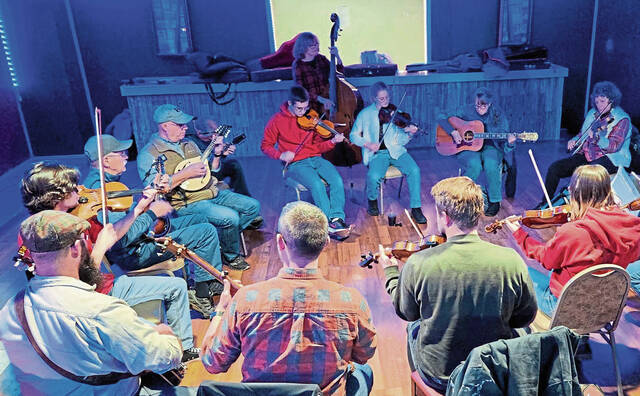Mt. Lebanon’s John Mackin got his first taste of bluegrass music as a young boy in the mid-1950s. Mackin, 74, recalled listening to two women sing “ Foggy River ” as a man accompanied them on fiddle inside a barn on a Monroeville farm.
The farm is long gone, having given way to suburban sprawl. While Mackin said bluegrass concerts mostly took place in rural areas during his youth, that’s not the case anymore. Bluegrass musicians and devoted followers regularly get together at bars, festivals and homes in Pittsburgh neighborhoods and suburbs.

And late last year, Grammy Award-winner Billy Strings and his bluegrass band performed two sold-out nights at Pittsburgh’s Petersen Events Center — a testament to the niche genre’s popularity in Western Pennsylvania. “Bluegrass lives just under the surface. If you don’t know it’s there, you’ll look right past it.
But once you become aware of it, you’ll start seeing it everywhere,” said Apollo’s Luke Bundy, 39, who plays banjo with two bands, Dirty Old Mill and Better Late . Mackin Band From Bill Monroe to Blawnox Bluegrass songs traditionally speak to the beauty of the Appalachian countryside where the music was created, the quality of the corn liquor its residents produced and the hardscrabble reality of romance, life and death in the hills and hollers of places like Kentucky, Virginia, Tennessee and Pennsylvania. A song like “Banks of the Ohio” sounds beautiful — until you listen to the lyrics and reali.
















